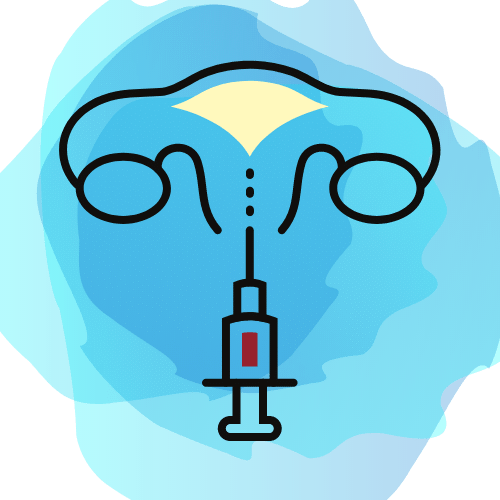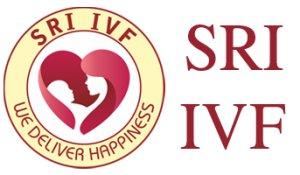DELIVERING HAPPINESS
Female Infertility
Process
For a woman, testing begins with a medical history and physical exam, including a pelvic exam. The doctor then makes sure that she ovulates regularly and that her ovaries are releasing the eggs. Blood tests are taken to measure hormone levels. The ovaries and uterus may be examined by ultrasound, and a specific X-ray test can check the uterus and fallopian tubes.
In about 80% of couples, the cause of infertility is either an ovulation problem, blockage of the fallopian tubes, or a sperm problem. In 5%-15% of couples, all tests are normal, and the cause is not known.
IVF Treatment
In women, infertility is treated with:
- Fertility drugs and hormones to help the woman ovulate or restore levels of hormones
- Surgery to remove tissue that is blocking fertility (such as endometriosis) or to open blocked fallopian tubes
Infertility in men and woman can also be treated with assisted reproductive technology, or ART. There are several types of ART:
- IUI (intrauterine insemination): Sperm is collected and the placed directly inside the woman's uterus while she is ovulating.
- IVF (in vitro fertilization): The sperm and egg are collected and brought together in a lab. The fertilized egg grows for 3 to 5 days days. Then the embryo is placed in the woman's uterus. Sperm is collected and the placed directly inside the woman's uterus while she is ovulating.
- GIFT (gamete intrafallopian transfer) and ZIFT (zygote intrafallopian transfer): The sperm and egg are collected and quickly placed in a fallopian tube. With GIFT, the both sperm and eggs are placed into the fallopian tube. With ZIFT, the sperm and eggs are brought together in a lab and then a fertilized egg is placed into the tube at 24 hours.
Basic Criteria
Basic Criteria for using Egg Donors as an option If you’re over 40, have a low ovarian reserve, previously failed response to injections in IVF treatment, donor eggs.
Infertility Treatments

IVF Treatment
IVF stands for in vitro fertilization. It’s one of the more widely known types of assisted reproductive technology (ART). IVF works by using a combination of medicines and surgical procedures to help sperm fertilize an egg, and help the fertilized egg implant in your uterus.
-
Read MoreRead More

IUI Treatment
IUI Procedure is a fertility treatment that involves placing sperm inside a woman’s uterus to facilitate fertilization. The goal of IUI technique is to increase the number of sperm that reach the fallopian tubes and subsequently increase the chance of fertilization.
-
Read MoreRead More

ICSI Treatment
Intra cytoplasmic sperm injection (ICSI) is very similar to conventional IVF. The difference between the two procedures is the method of achieving fertilisation. ICSI refers to the laboratory procedure where a single sperm is picked up and is injected directly into each egg.
-
Read MoreRead More

PICSI Treatment
PICSI is a method of selecting the best possible sperm for fertilisation before injection into the egg in the IVF protocol. What PICSI does is select sperm according to how well they bind to the hyaluronan around an egg cell.
-
Read MoreRead More

Egg Donation
Egg donation is the process by which a woman, who is usually younger, provides eggs (ova, oocytes) to another person and/or partner for purposes of assisted reproduction so that the recipient of the eggs can have a baby with a partner or using donor sperm.
-
Read MoreRead More

Blastocyst Transfer
A blastocyst transfer is a technique, incorporated with in vitro fertilization (IVF), designed to increase pregnancy rates and decrease the risk of multiple pregnancy. This technology, virtually eliminating the risk of high order multiple pregnancies.
-
Read MoreRead More
